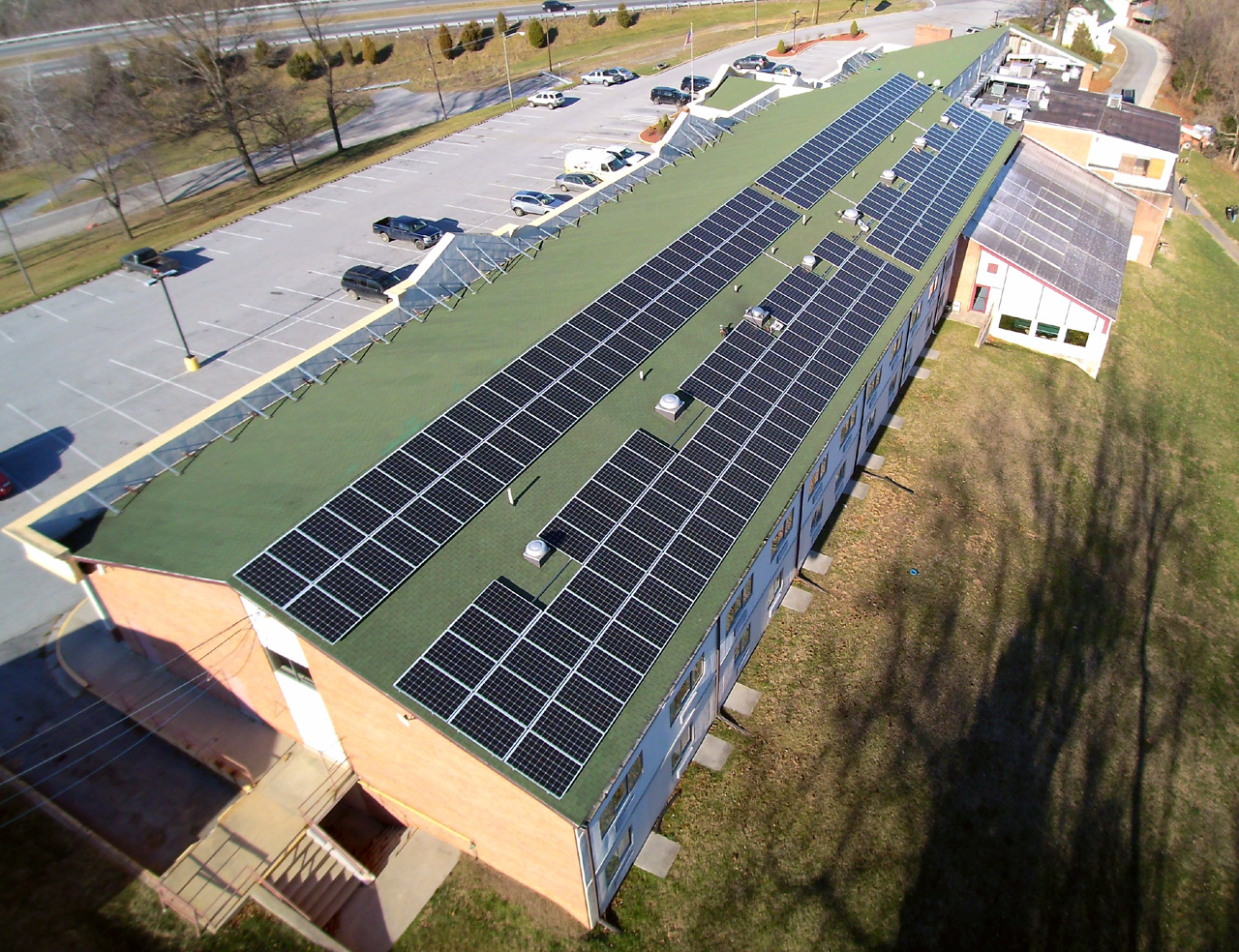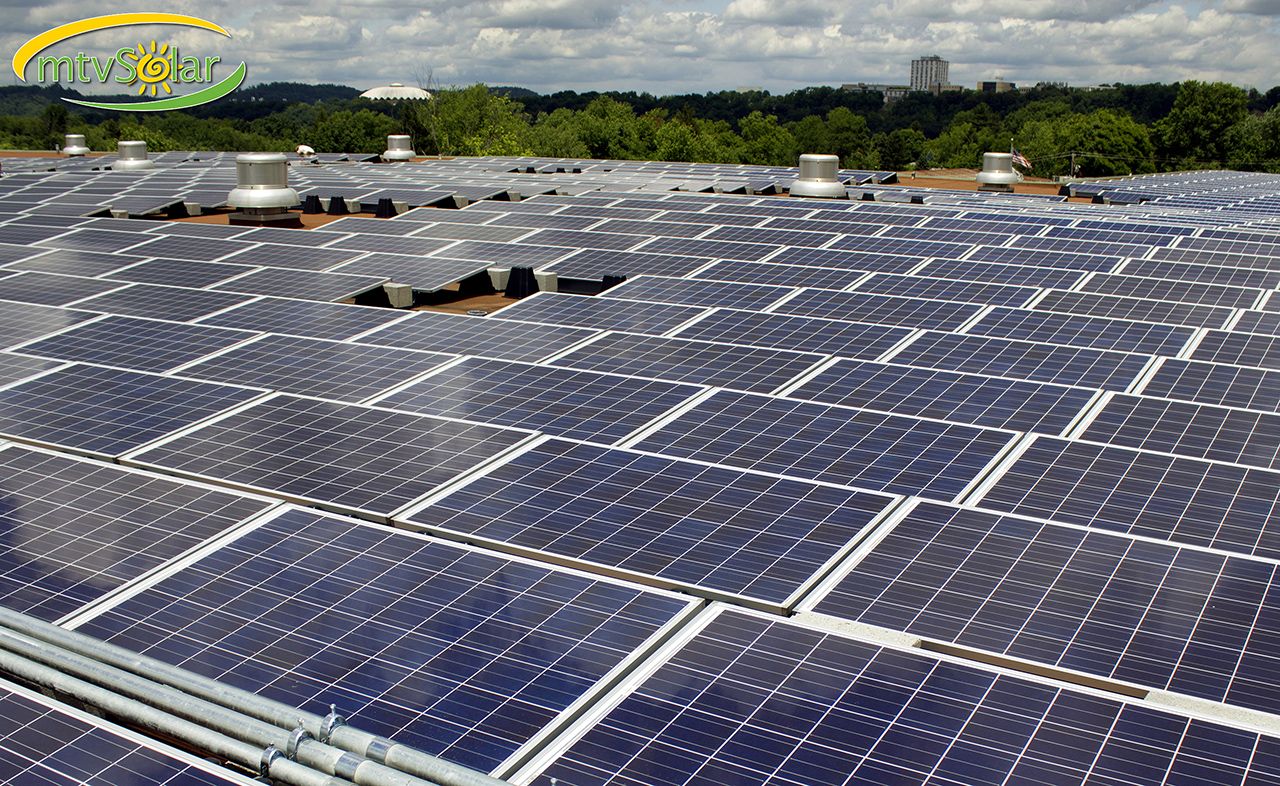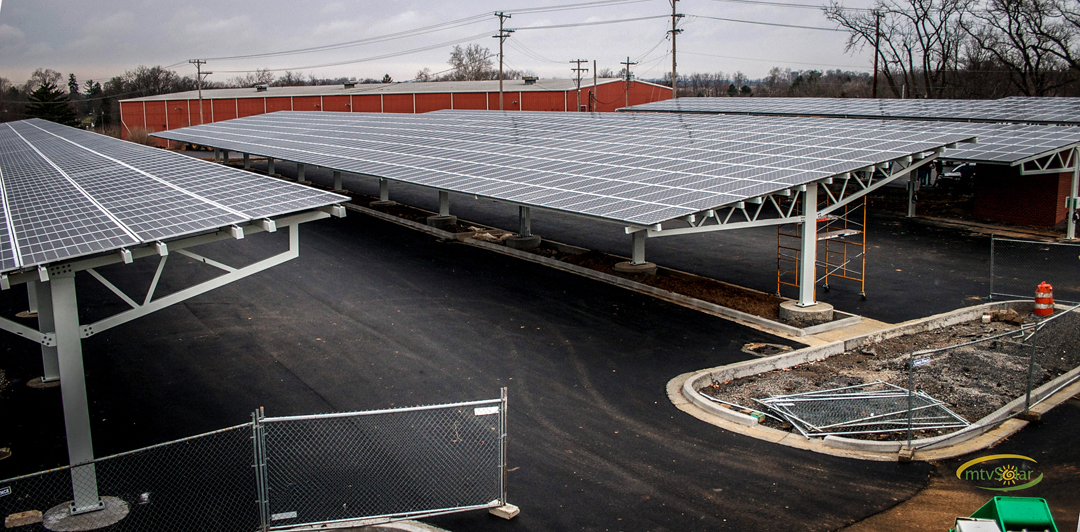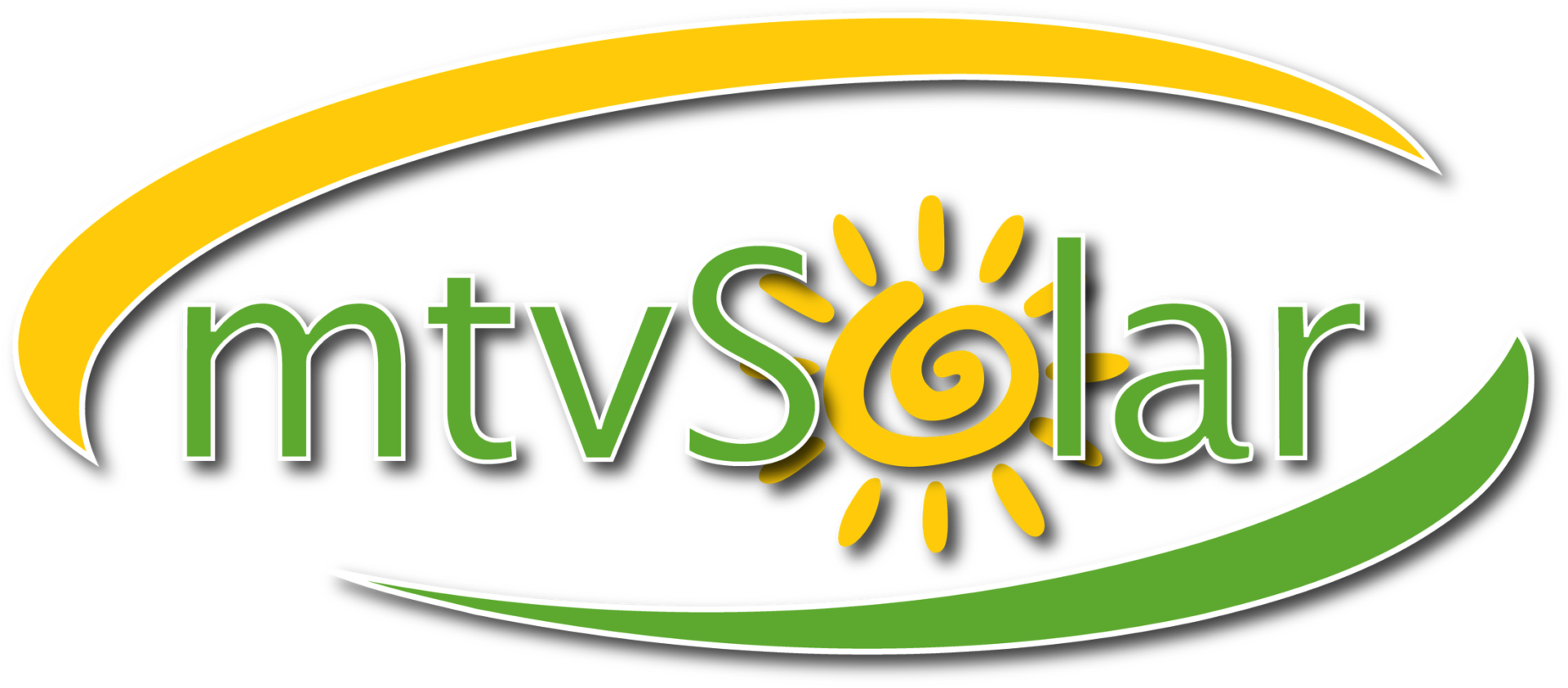 As solar energy continues to move into the mainstream, businesses regularly contact us to explore whether installing solar panels makes financial sense. Our answer is nearly always a qualified “yes”. “Yes”, because of solar energy’s myriad benefits over utility-generated power. “Qualified”, because businesses should carefully evaluate their energy needs and the financing options available in deciding upon the appropriate scale and financial structure of any solar investment.
As solar energy continues to move into the mainstream, businesses regularly contact us to explore whether installing solar panels makes financial sense. Our answer is nearly always a qualified “yes”. “Yes”, because of solar energy’s myriad benefits over utility-generated power. “Qualified”, because businesses should carefully evaluate their energy needs and the financing options available in deciding upon the appropriate scale and financial structure of any solar investment.
In this article, we examine the most common solar financing options available to businesses, and some of the considerations relevant to each. As always, we invite anyone interested in making a business investment in solar energy to contact us to discuss their specific needs and opportunities. Additional information is available through the Solar Energy Industries Association, to which we’ve linked in several places below. For a more comprehensive treatment of this topic, we recommend reviewing this report from the National Renewable Energy Laboratory.
Overview of Considerations for Businesses Considering a Solar Investment
In our experience, the variables businesses commonly consider in deciding whether to make a solar energy investment include the following:
- Current and Projected Energy Needs. The starting point for evaluating a solar energy investment for most businesses is to examine their current and projected needs for electricity over the expected useful lifespan of a solar installation (at least 25 under warranty, and over 40+, years). This often takes into account planned capital expenditures on new buildings and equipment, expansion into new markets, and opportunities to improve operational energy efficiency.
- Potential Savings and Other Benefits of Converting to Solar. Businesses typically evaluate potential long-term cost savings from transitioning to solar against relying on other sources of energy, such as purchasing power from utilities or operating captive, non-solar means of power generation. Often, businesses will also want to study the brand and marketing impacts of relying on solar power.
- Financial Position and Access to Capital. Any business considering a solar investment must consider where the funding for the investment will come from, and the cost of that capital. What makes sense as a financing option for a business will depend, at least in part, on whether the business has the capacity and flexibility to use cash or to borrow to pay for a solar installation.
- Tax Position. A business should evaluate whether it is in a position to take direct benefit from statutory tax incentives available for owners of solar installation, or whether it makes more sense to receive those benefits indirectly through a third party (as discussed below). Solar + storage installations (for demand charge reduction) can qualify for the Federal tax credit in their entirety.
At Mountain View Solar, we routinely help businesses navigate these and other variables to decide on the appropriate financial structure for their investment.
Paying Cash for a Solar Installation
 A business with cash on hand may find that the purchase of solar equipment offers an attractive return compared to investment alternatives, particularly if the business is in a position to benefit from two important tax incentives for solar investment. The first is the solar Investment Tax Credit (“ITC”), a 30% tax credit on solar energy investments that begin construction through 2019, which offsets tax liability dollar-for-dollar (the credit incrementally reduces after 2019). The second is a business’s ability to depreciate a solar investment under the Modified Accelerated Cost Recovery System (“MACRS”), under which qualifying solar equipment is eligible for a five-year cost recovery period.
A business with cash on hand may find that the purchase of solar equipment offers an attractive return compared to investment alternatives, particularly if the business is in a position to benefit from two important tax incentives for solar investment. The first is the solar Investment Tax Credit (“ITC”), a 30% tax credit on solar energy investments that begin construction through 2019, which offsets tax liability dollar-for-dollar (the credit incrementally reduces after 2019). The second is a business’s ability to depreciate a solar investment under the Modified Accelerated Cost Recovery System (“MACRS”), under which qualifying solar equipment is eligible for a five-year cost recovery period.
For a business with the ability to take maximum advantage of these incentives, the return on a cash investment in a solar installation can be very attractive. In our experience, a business that pays for a solar installation in cash and takes full advantage of available tax incentives will recoup its initial investment through cost savings decades before the end of the equipment’s useful life. Considering that the cost of energy is only expected to rise in the future, investing in a quality solar array thus presents an extraordinary opportunity to lock in long-term benefits that flow directly to a business’s bottom line.
Borrowing to Finance a Solar Installation
While interest rates remain relatively low on a historical basis, for a business with access to credit, borrowing can be a cost-effective alternative to investing cash in a solar installation. Indeed, because a business that borrows to finance a solar investment can still take advantage of the ITC and MACRS discussed above, borrowing instead of using cash can make good financial sense depending on the cost of capital and the business’s other investment opportunities. And, fortunately for business owners, lenders specializing in solar lending continue to enter the marketplace, driving down borrowing costs.
Solar Equipment Leasing & Power Purchase Agreements
 Businesses choosing not to make a capital investment in solar equipment, particularly those not in a position to take advantage of solar tax incentives, often elect one of two alternate routes to “going solar”: solar leases and power purchase agreements.
Businesses choosing not to make a capital investment in solar equipment, particularly those not in a position to take advantage of solar tax incentives, often elect one of two alternate routes to “going solar”: solar leases and power purchase agreements.
The characteristics of a solar lease will sound familiar to anyone who has ever leased an automobile. In a solar lease arrangement, a third party installs, maintains, and owns solar equipment that supplies power to a business for a fixed term. The business typically pays little or no upfront cost in connection with the installation of the equipment but instead makes periodic payments to the third party based on a notional rate of depreciation. At the end of the lease term, the business may also have the option of purchasing the equipment at an agreed residual value.
Power purchase agreements (“PPAs”) are functionally similar to leases in that they typically require little or no upfront investment by a business, and may include an equipment purchase option. PPAs differ from solar leases in that the business agrees for a period of time to purchase a fixed amount of electricity generated by the solar installation at a pre-agreed cost per kilowatt hour. That rate is often less than the cost of energy purchased from the electrical grid.
In the case of both solar leases and PPAs, the third party owner/operator, rather than the business, receives the direct benefit of the solar tax incentives. The business consuming power from solar arrays under one of these arrangements instead benefits indirectly from the tax incentives through lease or PPA terms that compare favorably to purchasing power from incumbent utilities. This combination of a minimal capital outlay and energy cost savings has proved a win-win proposition for many businesses.
Where To Start
The good news is that mtvSolar can work with you, your accountant, and any other decision makers to determine how solar and optional battery storage can benefit your business. If you’re interested in learning more about commercial solar solutions, our team of experts would be happy to give a presentation to your board. The first step is to fill out our free consultation web form, and a zero-pressure solar business consultant will be in touch promptly.

